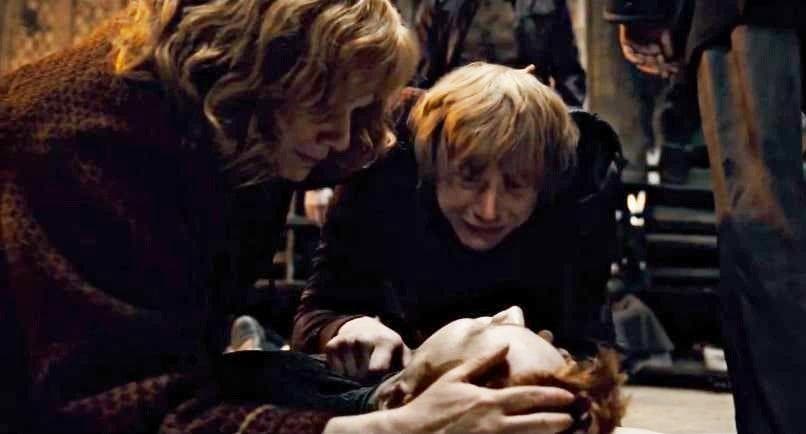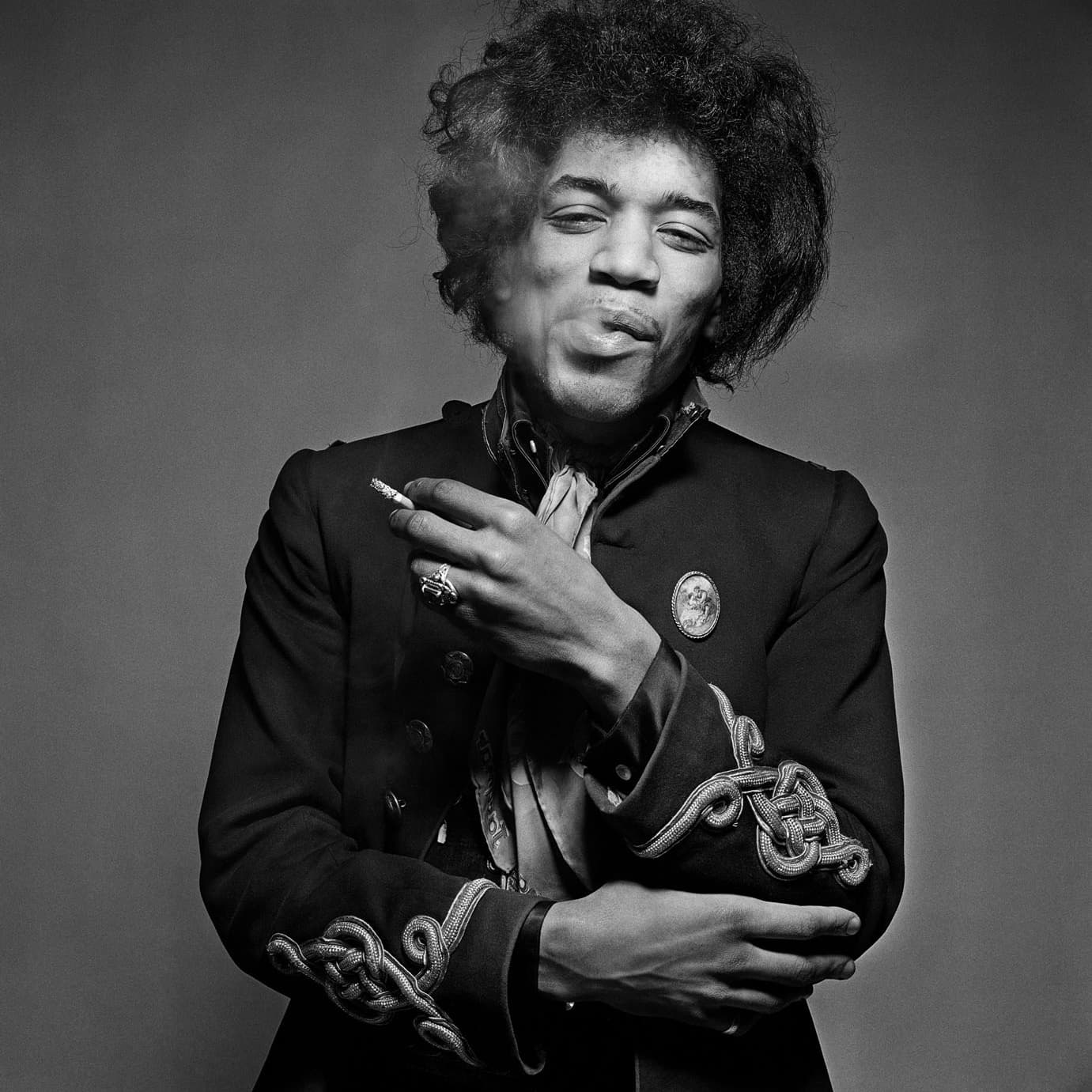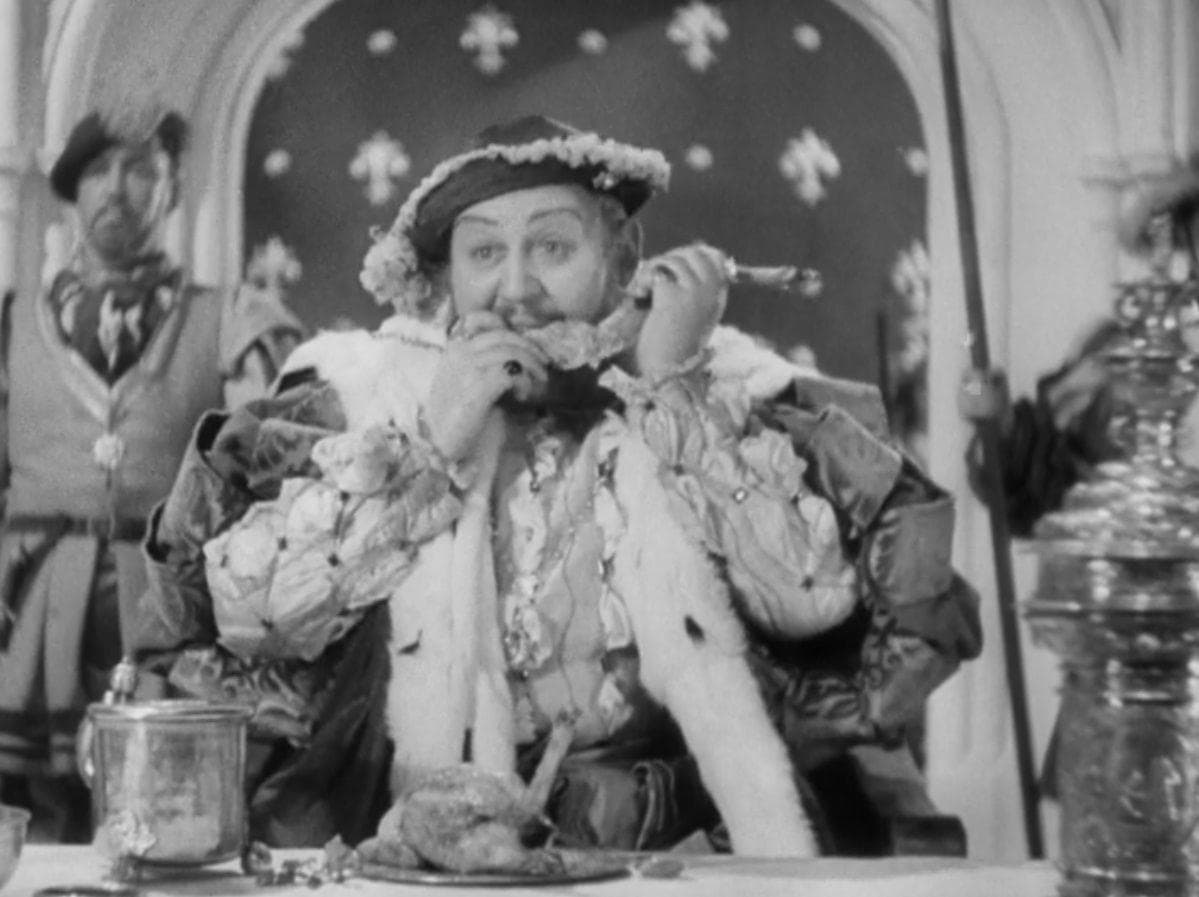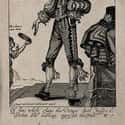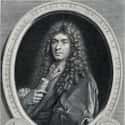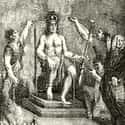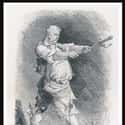-
(#8) Tycho Brahe
- Dec. at 55 (1546-1601)
Dutch nobleman Tycho Brahe is today remembered for his work in astronomy, particularly his precise measurements and observations. His one-time assistant, Johannes Kepler, would later use much of the data collected by Brahe in formulating his laws of planetary motion. (Brahe himself is credited with a decent number of breakthroughs as well, particularly his theory that stars - rather than being immutable and fixed objects in the heavens - were in fact moving and changing, being created and destroyed. He is also credited as the last of the important "naked-eye astronomers," who made their observations without the use of a telescope.
So, yes, all well and good, important guy, learned about stars. But how did he DIE? Well, it's kind of a funny (and sad!) story.
According to Kepler, Brahe was attending a banquet in Prague in October of 1601. Though he desperately had to use the restroom, he felt this would be a breach of etiquette and good manners. Holding it in until he got home, he then found himself unable to urinate at all. 11 days later, he died. At the time, doctors thought he had suffered from kidney stones, but it was later theorized that by failing to relieve himself at the banquet, he contracted a bladder or kidney ailment, such as uremia.
It was later suggested, after large amounts of mercury were detected in Brahe's remains, that he may have actually died from mercury poisoning. Tests to determine the actual cause of his death have been thus far inconclusive. -
(#9) Molière
- Dec. at 51 (1622-1673)
Definitely the most notable person on this list, leaving aside the curious causes of death, Jean-Baptiste Poquelin (known by his stage name, Moliere) remains one of the most celebrated French playwrights of all time. His best-known satirical and comic works included The Misanthrope, The Miser and The Bourgeois Gentleman. He was also noted in his time as a great actor, and appeared in most of his productions.
Though he was born into a wealthy family, Moliere left this life behind to pursue the life of the stage. This included a stint in debtor's prison in 1645, which is where some historians believe he contracted the pulmonary tuberculosis that would eventually take his life nearly 30 years later.
In 1673, Moliere was performing in his most recent play (strangely titled The Hypochondriac, considering the circumstances.) During the performance, he suffered a coughing fit and collapsed on stage, but insisted on finishing the performance anyway. After suffering multiple pulmonary hemorrhages, he died a few hours after the show. (As Moliere was said to be wearing green during this final performance, the color is now associated with bad luck among actors.) -
(#7) Thomas Urquhart
- Dec. at 49 (1611-1660)
Sir Thomas Urquhart was a Scottish aristocrat, polymath, and the first to translate the work of Frenchman François Rabelais into English. His own writings included collections of epigrams, new systems for mathematics and trigonometry, family histories, and even a prospectus for a new "universal language."
A lifelong Royalist, Urquhart had participated in numerous rallies and marches in support of King Charles II. He was taken prisoner following the Battle of Worcester by Oliver Cromwell's forces, and was released 2 years later, after which he published his universal language text and his famous translation of Rabelais.
The details of his death are obscure to history, but it is known that he must have died earlier than 1660 (because his brother assumed all of his hereditary titles). Legend has it that Urquhart died laughing upon hearing that Charles II had retaken the throne. -
(#5) Jean-Baptiste Lully
- Dec. at 55 (1632-1687)
Jean-Baptiste Lully was a composer who worked in the court of Louis XIV of France. Though born in Italy, he became a French subject in 1661 and thereafter rose to become one of the most respected composers in the French Baroque style.
He famously became close friends with King Louis (their friendship inspired the 2000 Belgian film Le Roi Danse), and was also a noted libertine who embarked on numerous romantic affairs with men and women while in court.
In January of 1687, Lully conducted a performance of the Christian hymn called "Te Deum" to honor Louis XIV's recovery from an illness. As was the tradition of the time, Lully was keeping the rhythm by banging a long staff against the floor. He accidentally hit his toe during the performance, HARD, causing an abscess which later developed gangrene. Due to Lully's refusal to allow doctors to amputate his toe, the infection spread, causing his death a few months later.
Probably should have just given up on that toe. He had 9 more, afterall. -
(#3) György Dózsa
- Dec. at 44 (1470-1514)
György Dózsa was a Hungarian soldier-of-fortune (from Transylvania!) who had gained some amount of notoriety for his efforts in battle against the Ottoman Empire. When Pope Leo X authorized a crusade against the Ottomans in 1514, Dózsa was selected to staff up an army, which he did by training peasants, students, monks, and priests to fight.
Unfortunately for Dózsa, this plan had some disadvantages. Mainly that the peasants, now that they had weapons and military training, decided to use them against their old landlords, setting fire to manor houses and castles and killing thousands via cruel means like crucifixion. Even after Leo X revoked permission for a Crusade, and the King ordered the peasantry to return to their homes, Dózsa continued seizing castles and villages.
He was eventually captured in what is now Timişoara, Romania, and condemned to death. His punishment? To be burned with a smoldering iron throne, crown, and sceptre, designed to mock his supposed kingly ambitions. Plus, he was skinned alive with hot pliers, and his surviving followers were forced to eat bits of his flesh. Also, his brother Gergely was killed in front of him. Even by Crusades standards, this is a tough way to go. -
(#2) François Vatel
- Dec. at 40 (1631-1671)
Theories and alternative variations surround the strange case of Francois Vatel's suicide. What is known with some amount of certainty is this: Vatel was the Maître d'hôtel (translated: "master of the house") for the French general and nobleman Louis II de Bourbon, Prince de Condé. In 1671, Vatel was tasked with hosting an extravagant banquet at the Chateau de Chantilly in honor of a visit from King Louis XIV. In preparation for the event, Vatel is credited with inventing "Chantilly Creme," a sweet whipped cream with a light vanilla flavor.
What actually happened during the banquet is a matter of some debate. According to a letter written by one of the guests - Marie de Rabutin-Chantal, Marquise de Sévigné - Vatel, a notorious perfectionist, became distraught over the fish course being delayed in the kitchen, along with other small mishaps and human errors. He then killed himself with his sword. Because, seriously... late fish... what else was he supposed to do? (In this version of the story, he's often discovered by an aide who was running to tell him the fish was finally ready to serve.)
Many other versions of the story have floated around. In the 2000 film Vatel, screenwriters Jeanne Labrune and Tom Stoppard suggest that Vatel - a sophisticated man whose birth into a lower-class family keeps him from ever joining aristocratic society - killed himself because he secretly loved the King's latest romantic conquest.
New Random Displays Display All By Ranking
About This Tool
Renaissance refers to a European ideological and cultural movement that occurred from the 14th to the 16th century. This concept has been used by Italian humanist writers and scholars in the 14th-16th centuries. Beginning in Italy, it spread to other parts of Europe in the 16th century, and its influence was reflected in art, architecture, philosophy, literature, and many other fields.
With the changes in culture and society, many bizarre deaths of famous historical figures in the Renaissance era have also been recorded or passed down. The random tool shares 9 of the strangest deaths of the Renaissance era that are from myths and legends.
Our data comes from Ranker, If you want to participate in the ranking of items displayed on this page, please click here.




